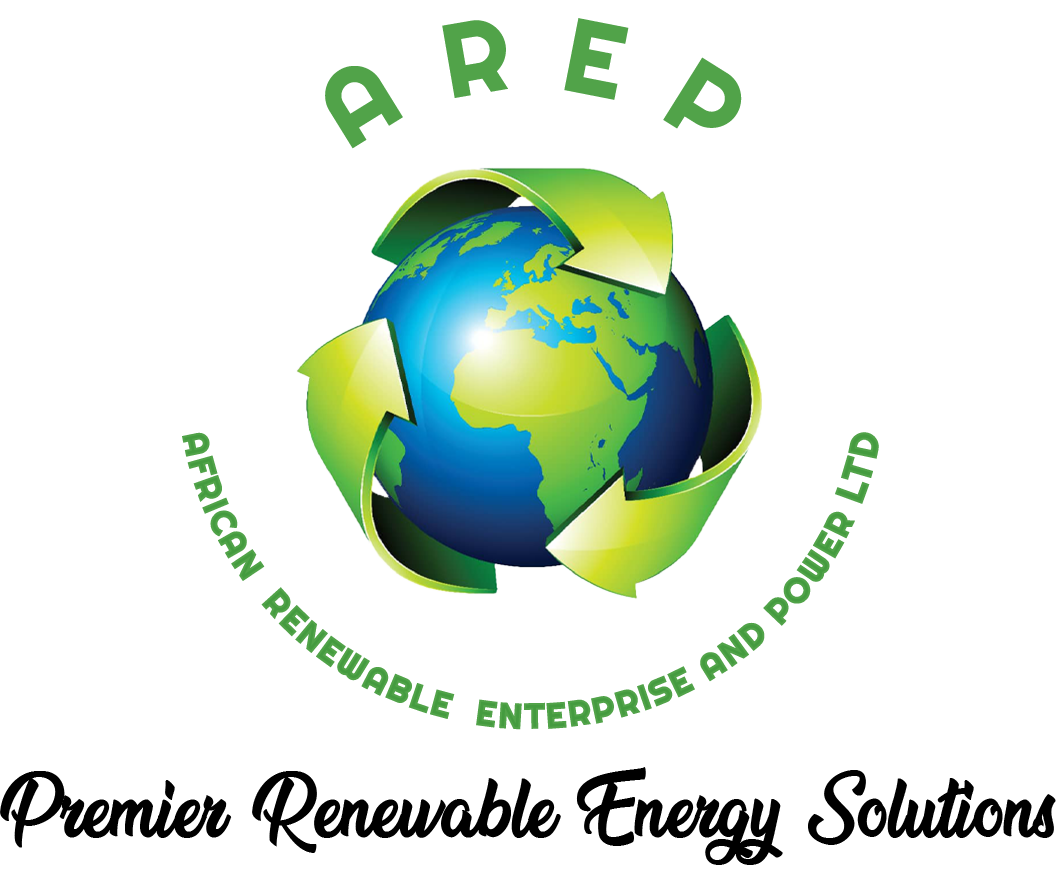1. Introduction and context
Municipal solid waste management is a major challenge for countries worldwide, particularly for developing countries like Serbia. Factors like increasing urban population, limited financial resources without advanced technologies for waste treatment, and disposal, lead to poor waste management, which is a significant environmental problem. The key principles in Waste Management strategy are: sustainable development, waste management hierarchy, precaution, regionalization, the most optimal environmental option, “Polluter pays” and “Producer responsibility”.
Improper waste collection and disposal creates annual costs between 50 and 80 million Euro for Serbia. This fact clearly indicates the necessity to take measures for the establishment of an efficient waste management system, both to improve the overall state of the environment and to increase the possibility of using waste for the purposes of economic development. Communal waste management is a complex process that includes activities of collection, transport, recycling, reuse, treatment and disposal of communal waste. What certainly cannot be ignored is the fact that every waste is a potential resource, not only an environmental problem. Environmental protection and economic growth can go hand in hand, and public policy in this area plays a crucial role in creating jobs and encouraging investment. There are no detailed, reliable studies on waste composition for the municipal waste content, but some average could be summarized on Graph
The current state of the local governments of Serbia is characterized by unreliable and incomplete data on the amount of generated waste. In average, each resident of Serbia generates 0.87 kg of communal waste per day where the urban population generates approximately 1 kg of communal waste per day, while the rural population generates approximately 0.7 kg of waste per day. It is estimated that about 60% of communal waste is collected in Serbia.
2. Materials and approaches The dominant economic factor in waste management is the economy of scale. To make business in this sector profitable, it is necessary to collect a certain amount of waste which is further treated and sold for recycling purposes. Serbia could recycle a third of its annual 2.4 million tons of municipal solid waste production if the country had a developed efficient waste management system. Pyrolysis method solves the problem of garbage through circular economy method by creating energy. It should be noted that through pyrolysis method, the plant also creates gas, which is used to self sustain the plant. The waste from pyrolysis method is minimal, creating carbon black that may be used as a reinforcing filler in tires and other rubber products. Besides creating a circular economy, pyrolysis method also includes the 5 R’s: Refuse, Reduce, Reuse, Repurpose, Recycle
WHAT IS PLASTIC PYROLYSIS?
Pyrolysis is the thermal decomposition of waste into gas and solid phases in the absence of the external oxygen/air supply. The process takes place under the temperatures typically around 500-600 oC. During pyrolysis plastic and tire breaks down into smaller molecules of pyrolysis oil, pyrolysis gas and carbon black. Pyrolysis oil recovered from the process can be used as diesel generator fuel or fuel for burners. Some of the advantages of pyrolysis:
Relative insensitive to the input materials
Pyrolysis process does not generate products associated with the burned waste
Pyrolysis is self-sustainable; i.e. energy is required only for start-up operations
Stable operation for a broad range of waste quality
Emissions from the system are well below the limit values
Flexibility in design and operation achieved by a modular design
Effective initial waste volume reducing
Efficient recovery of the materials and energy from the process
Low operational costs; no supplementary external fuel supply for the normal operat
3. Outcomes
Recycles synergy of waste plastic and tire into usable fuel.
Offers renewable energy source.
The in product can be used as fuel in existing industrial boilers and furnaces. End products can also be used for generating electricity.
Eliminates hazard of land pollution by waste plastics and tire.
Converts waste into energy.
Clears dumping yards and environment of non-bio degradable plastic and tire waste. “Greening of the economy” reduces environmental costs through a more efficient use of resources, while the use of cleaner technologies contributes to the creation of new jobs, boosts economy and competitiveness. This environmental friendly plant (with processing nonbiodegradable mixed plastic waste) which produce renewable energy and storable energy carriers could have at 2 – to 3 years return of investment period depending on the local characteristics. The current state of the local governments of Serbia is characterized by unreliable and incomplete data on the amount of generated waste. In average, each resident of Serbia generates 0.87 kg of communal waste per day where the urban population generates approximately 1 kg of communal waste per day, while the rural population generates approximately 0.7 kg of waste per day. It is estimated that about 60% of communal waste is collected in Serbia. One of the main characteristics of waste composition is a high level of biodegradable waste (37.61%), which is typical for large cities in developing countries. Another worrying data is the high content of plastic bags (5.61%) that ends up in landfills, by the side roads, river flows, etc.
4. Transferability The project proposal will compromise the technology development and transfer along with PPP scheme and support of Government. The pyrolysis plant is the most adequate and profitable way of recycling plastic and tires from the MSW and future plan are that plant which will be initially implemented in the Republic of Serbia and then in surrounding region of Balkans


No comments yet.